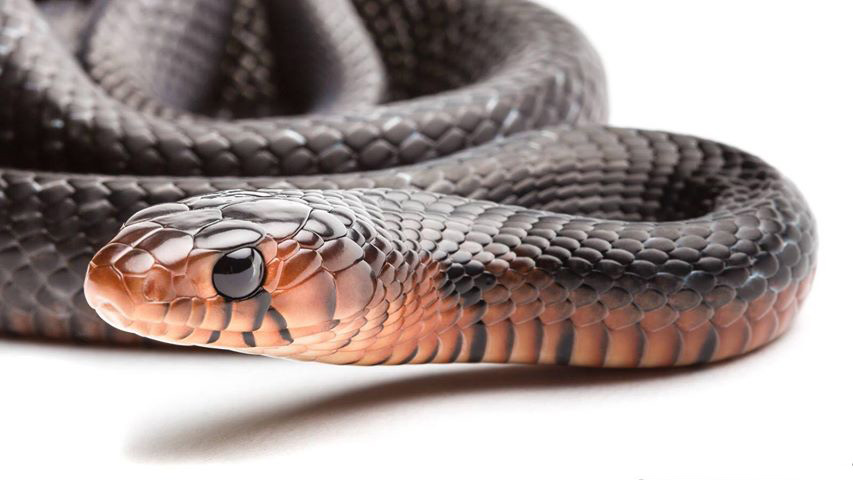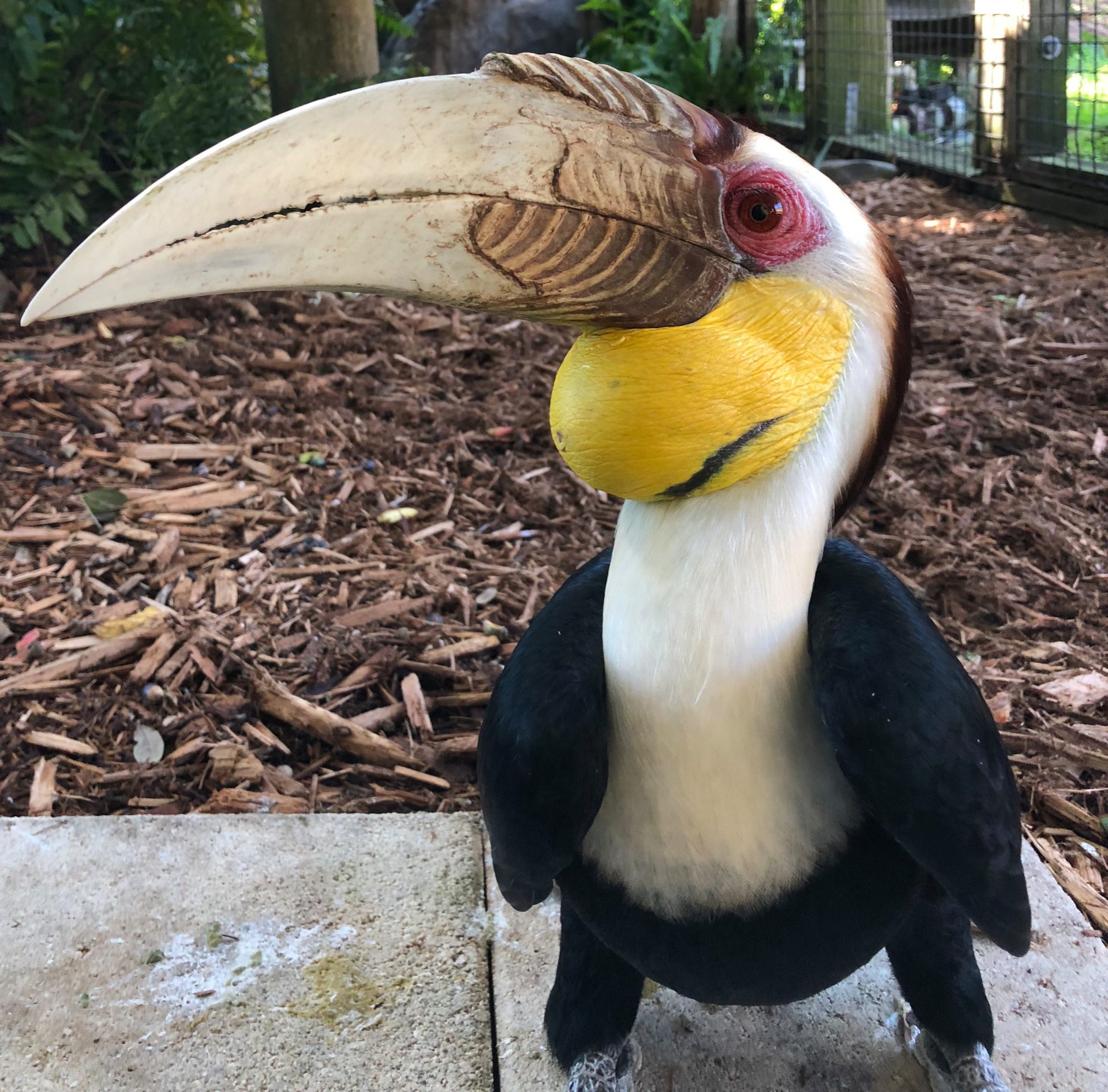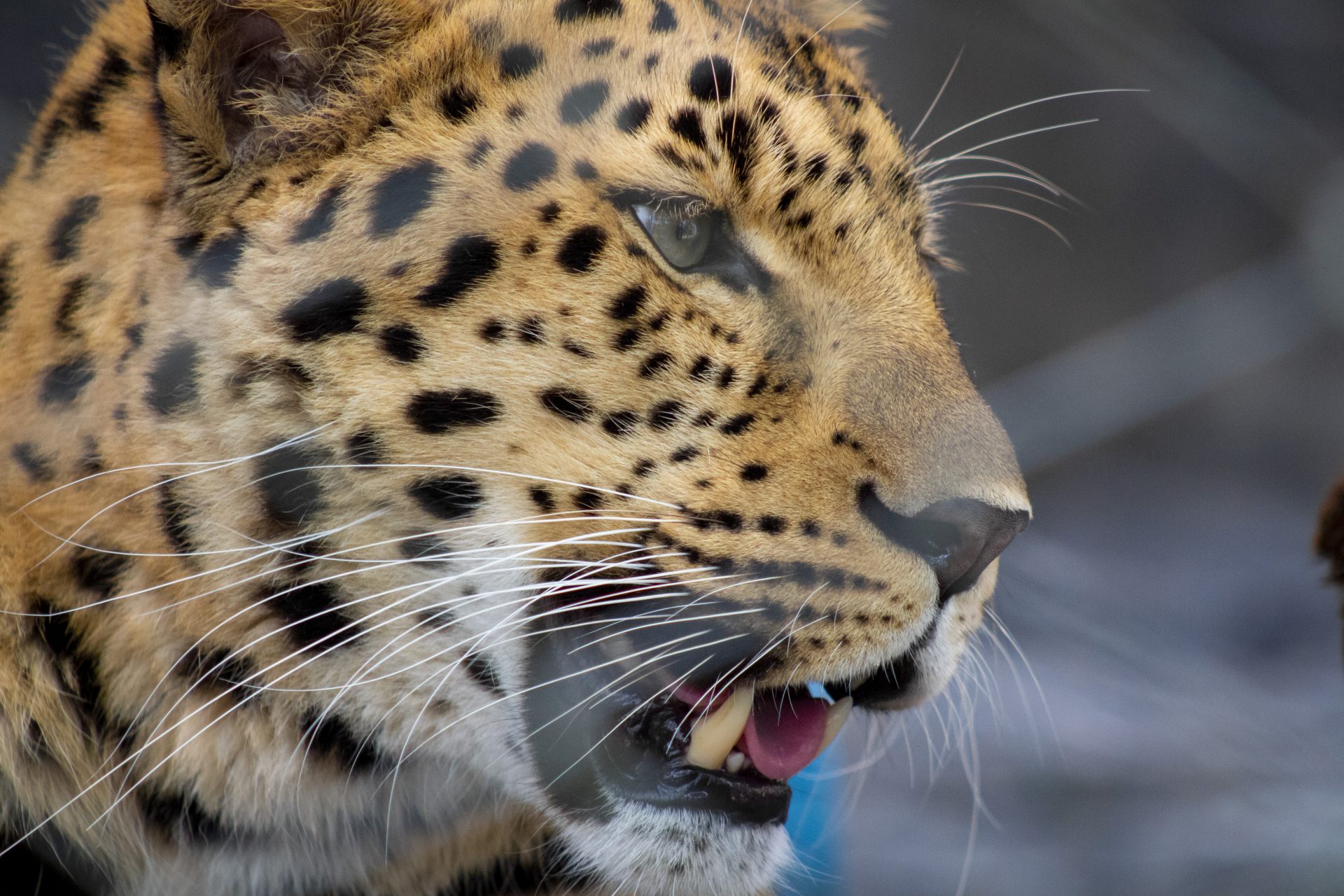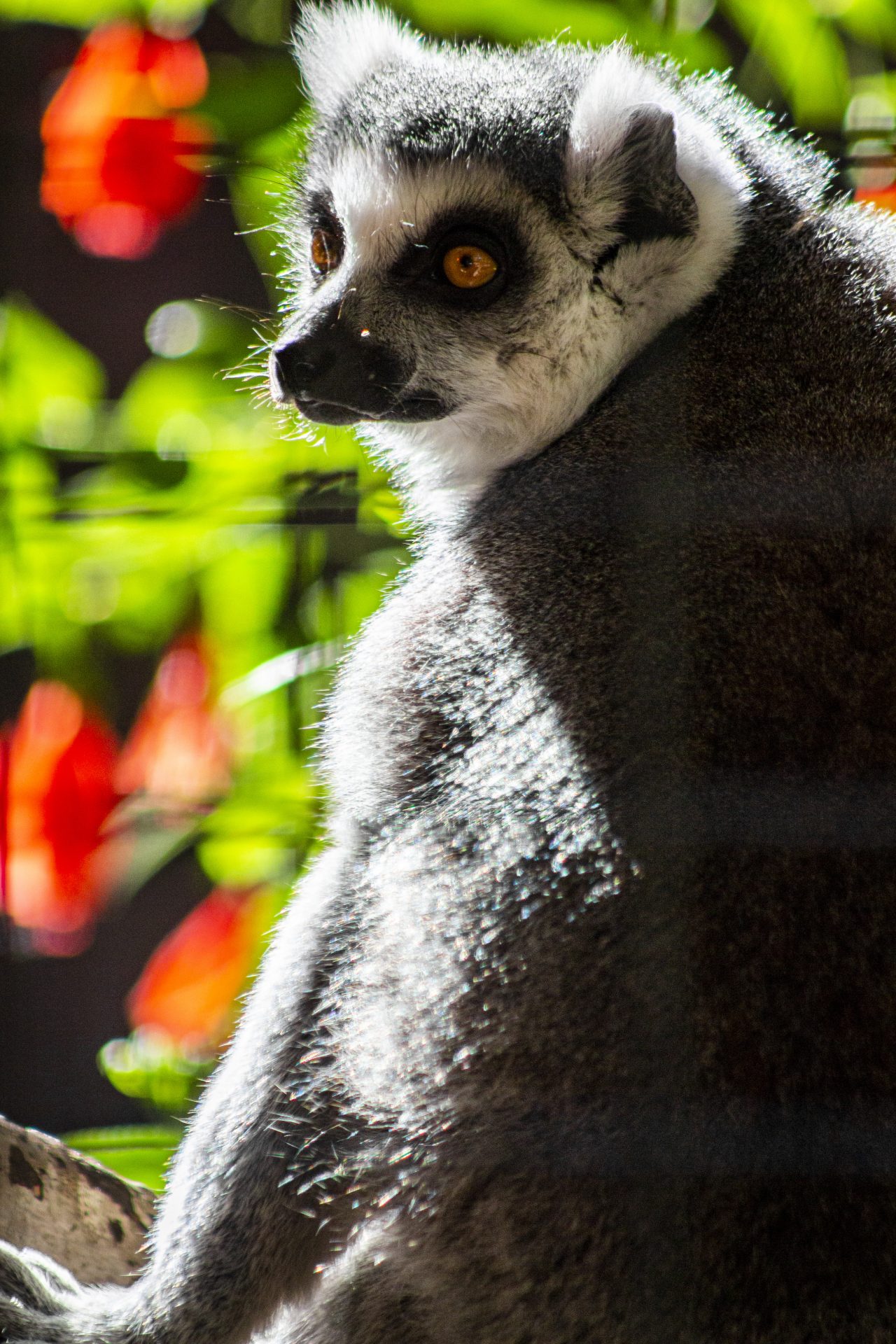
2020 is a new year and we can feel great things in store! Your support makes the Zoo a better place, and together, we can make a difference for both local and global conservation initiatives. Through our Round Up for Conservation program, your extra change will add up to support these four organizations this year:
The Association of Zoos & Aquariums (AZA) has several SAFE programs, designated to Saving Animals From Extinction. These programs focus the collective expertise within AZA-accredited zoos and aquariums and leverages their massive audiences to save species. Efforts to save the threatened Eastern indigo snake are led by the Orianne Center for Indigo Conservation (OCIC), the Zoo’s conservation group. The OCIC operates at a cutting-edge facility in Lake County, where a small group of staff and volunteers work year-round to breed and maintain a colony of the threatened Eastern indigo snake. These snakes were once found in habitats spanning the southeastern United States but land development has led to a large declination of their population.

Eastern indigo snakes are non-venomous and are the largest species native to North America. They’re often recognized by their all-black appearance, but especially admired for their iridescent purple scales seen under bright lights. In their natural habitat, Eastern indigo snakes are apex predators—meaning they’re at the top of the food chain! Ecosystems need these species to maintain balance.
The OCIC actively educates the community about this once-local species and the importance of conservation—starting in your own backyard. Their comprehensive approach to long-term breeding has allowed them to release over 100 snakes in southern Alabama and the panhandle of Florida in hopes these individuals will be able to establish new, thriving populations in their natural habitat.
As you walk through the Zoo, you’ll probably hear the chattering of our silvery-cheeked, rainbow, or red-billed hornbills. There are 14 species of hornbill—all of which can be found throughout Asia and Africa. They have a unique anatomy; their long, curved bills turn downwards and they have enormous, colorful tail feathers.

Only two species are found on the Asian mainland, but many other Asian species are dispersed throughout islands in the Pacific. Many of the Asian species of hornbills are facing serious threat due to illegal hunting and habitat loss.
The Hornbill Research Foundation was established by Dr. Pilai Poonswad after working on a research project studying the ecology of hornbills at the Faculty of Science at Mahidol University in 1980. Their focus on expanding research initiatives for hornbills and their habitats has helped create educational opportunities for local communities about the importance of forests and their ecosystems for wildlife, including hornbills.
Temur, our Amur leopard, came to the Zoo in October 2018 at just two years old. Amur leopards are a subspecies of leopard native to the Primorye region of southeastern Russia and northern China. With only an estimated 50 to 60 individuals left in their natural habitat, these cats are among the most critically endangered species.

The Amur leopard is threatened by poaching, poaching of prey species, habitat loss, and deforestation, aided by forest fires and urbanizations. Due to the small number of reproducing Amur leopards in the wild, the gene pool is so reduced that the population is at risk from inbreeding.
Temur is an active participant of the Association of Zoos & Aquariums’ Species Survival Plan for Amur leopards. These plans monitor the genetics of animals in human care at accredited facilities throughout the world and match individuals who would be suitable for mating, if the individuals take to each other.
WildCats Conservation Alliance works to save wild tigers & Amur leopards for future generations by funding carefully chosen conservation projects. Their projects span across Sumatra, Nepal, India, Bangladesh, Bhutan, Thailand, and Russia, working to ensure wild cats can continue to thrive in their natural habitats.
The Zoo is home to two species of lemur—ringtail and red-ruffed. Our ringtail lemurs, Elliot and Figment, can often be spotted near the front of their habitat playing with their enrichment or working on their snacks! Our red-ruffed lemurs, Horst and Amabella, are a little more relaxed and tend to be sprawled across their rocks or hanging out in a hammock.

All species of lemur are endemic to the island of Madagascar, which is known as a “biodiversity hotspot.” Almost 90% of the island’s plants and animals are native species and cannot be found anywhere else on Earth. However, in the 2,000 years since it was first inhabited, Madagascar is facing serious ecological decline due to rapid environmental degradation over a significant portion of its land mass.
The Lemur Conservation Foundation is dedicated to the preservation and conservation of the primates of Madagascar through managed breeding, scientific research, education, and art. They have a 130-acre reserve in Manatee County, Florida, where they work on conservation efforts for lemurs in Madagascar. LCF partners with scientists and conservationists on the ground in Madagascar to support reserves and research efforts that will help preserve natural habitats across the island.